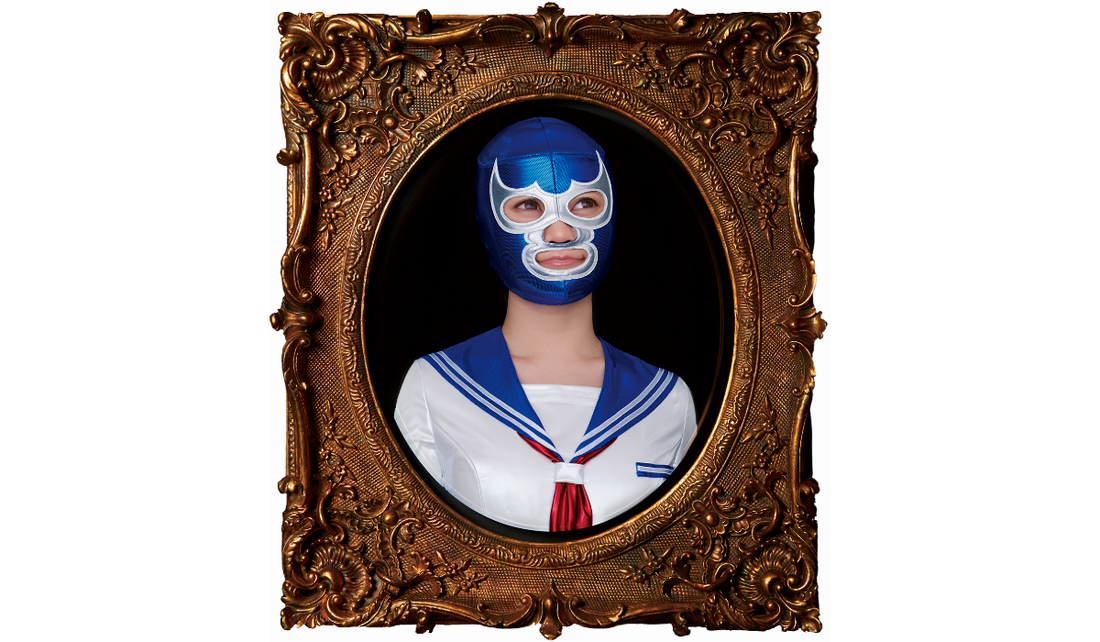This exhibition will be his first to display selected works spanning the 35 years from 1990 to 2025.
Yuji Susaki was born in Tokyo in 1963 and moved to New York after graduating from the Department of Photography at Nihon University College of Art. In New York, he worked mainly on photography, as well as printmaking and oil paintings, and returned to Japan in 1992 to begin working as a photographer and printmaker, while also taking commercial photographs for advertising, fashion, music, and other fields. Currently, he is expanding the dark humor and eroticism of Susaki's work from two-dimensional photography to three-dimensional works.

Dates: 2025.6.7(Sat) - 6.29(Sun)
Time: 14:00 - 20:00
Location: OVERGROUND
Closed on Tuesdays and Wednesdays
Admission fee: Free
Opening Preview
Date: Friday, June 6, 2025
Time: 17:00 - 21:00
Admission fee: Free

Yuji Susaki / Artist, photographer
The housing complexes in the 1960s and early 1970s where I spent my childhood could be said to be a microcosm of Japan during the period of high economic growth. Hundreds of families lived in the geometric apartment complexes, with dozens of buildings towering on a hilltop, hopeful working couples, and many energetic children. Every single person experienced Japan's economic growth. I grew up there as a child who was sensitive to the difference between "light and shadow" such as the flowers blooming on the south side of the complex, the deciduous trees, and the moss and ferns filling the north side, and my visual acuity has only increased with each passing year. In contrast to the rapid economic growth, I also spent my childhood influenced by fantastical works that seemed to reflect the conflicts people were going through at the time. The imagination and delusional ideas that I had cultivated since then are still the foundation of my work as infantilism. The most important thing I value in creating is my own "conscience and true feelings."
"Conscience" here refers to the judgment born from reason, and "true feelings" refers to the author's desires. Of course, there are times when the author's conscientious judgment takes precedence, and there are times when the author's true feelings lead to rational ideas. Reflecting the conflict that arises between these two in the work at the same time is risky and creates a kind of instability. However, while yin and yang, front and back, may appear to be opposites, I feel that they are actually one world.
The process in which "conscience" and "true feelings" sharpen each other's senses in the work. This kind of artistic creation, which pushes the boundaries, is what I am pursuing. I think I am drawn to the things that exist between "light" and "shadow."
By capturing the "front" and "back" of humanity, I create works that delve deeper into the question of "what does it mean to be human?", recreating the world of "two sides" that I experienced in my childhood through Japan's hidden culture and customs.

